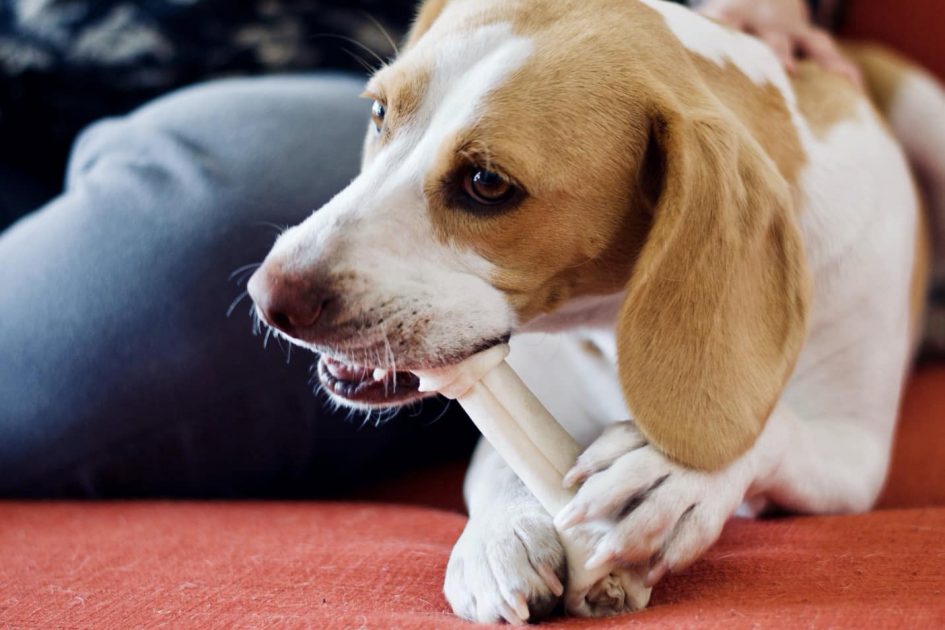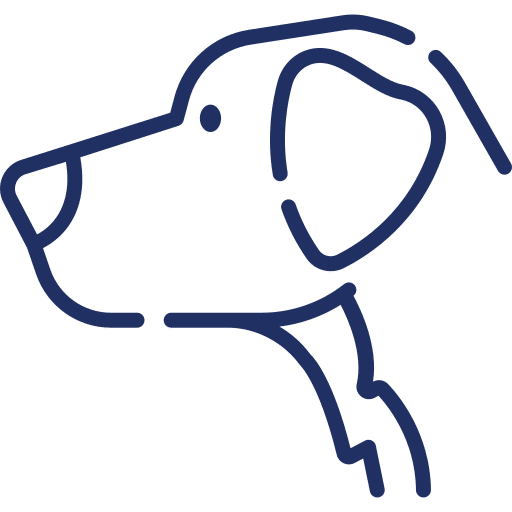

How to Spot Swollen Gums Disease in Dogs? 8 Simple Tips
Dental disease and Swollen Gums in dogs is as common as it is in human beings, which is why it’s essential for pet owners to look out for possible signs. Take a look at 8 signs of swollen gums and dental disease in dogs that a pet owner should always look out for.
Swollen gums and dental disease in dogs is a serious health concern, and the worst part is that it’s often silent at the start. There are usually no visible signs or symptoms at first, causing great damage to your furry friend’s gums, teeth, and jaw as the disease progresses.
Gum disease in dogs is as common as it is in human beings. Bacteria and plaque buildup are two common factors that lead to gum diseases in dogs, and if not taken care of at the right time, it can lead to severe pain, tooth loss, and bleeding. This is why it’s essential for pet owners to look out for possible signs so that they can take immediate action to provide their furry companion with the best dental care.
Take a look at 9 signs of swollen gums and dental disease in dogs that a pet owner should always look out for.
1. Bad, Smelly Breath
Bad breath, also known as halitosis, is quite common in dogs, but sometimes, it’s also an indication of dental disease.
We all know that most dogs have bad eating habits such as pulling food items out of the trash can, which can contribute to bad, smelly breath.
However, if you notice a strange smell coming from your pet’s mouth all the time, you might want to take action. When tartar and plaque start building on their teeth, it leads to an accumulation of bacteria, which is basically what causes the bad breath.
2. Red, Inflamed, Swollen Gums
Another major sign of dental disease in dogs is the presence of red, inflamed, and swollen gums. It’s usually an indicator of the fact that the disease is quite progressed, causing massive discomfort to your pet.
Tender and swollen gums are painful in any case, so if you notice any such signs in your dog’s gums, you must take them to the vet, as if the condition worsens, it can even result in early tooth loss.
3. Excessive Drooling and Ropey Saliva
While there are many factors that can cause your dog to drool, excessive dribbling with the presence of ropey or bloody saliva goes to suggest that your dog is struggling with some kind of dental disease.
Your dog is likely to drool excessively if it’s feeling pain or discomfort in their teeth or sensitivity in their gum tissue.
So, if you notice that your furry friend is drooling a lot and is producing a strange kind of saliva, you need to consult a vet immediately.
4. Loss of Appetite

Dogs usually get excited when it’s time for food, but if you notice that your pet is no longer looking forward to their mealtimes, something is definitely wrong.
Or, if your pet cries in pain and expresses difficulty while chewing dry food, it’s an indication of dental disease in dogs, which is causing them oral discomfort, further affecting their appetite.
It’ is best to book an appointment with your regular vet or any medical professional for dogs to check what’s causing the issue.
5. Bleeding Around the Mouth
Swollen gums or other gum diseases in dogs can lead to bleeding around the mouth, which may even cause oral tumors like epulis in your pet’s mouth.
Oral tumors are typically hard to spot since they are deep inside the mouth, but if you notice bleeding in the mouth region or swelling around your dog’s jaw or face, they could possibly be experiencing a serious kind of dental disease.
6. Chewing From One Side
Just like we tend to chew from one side of the mouth because chewing from the other is painful, dogs do the same when suffering from swollen gums or when feeling pain or discomfort.
If you notice your pet chewing from only one side, you need to check immediately for signs of inflamed or swollen gums or possibly even loose teeth.
7. Swelling Around the Eyes
Dental disease in dogs can often even extend beyond the mouth region, affecting the eyes and the region around it.
Under-eye swelling is one common sign of dental issues that usually occurs due to fractured teeth and infections in the mouth.
It is best to take your dog to a pet and get it checked so that they can recommend the best treatment or solution for the problem at hand.
8. Nasal Discharge or Excessive Sneezing
When gum disease becomes too serious or advances to the next stage, it can even lead to nasal discharge or excessive sneezing because the dental disease can damage the bone located between your pet’s oral and nasal cavity.
In such cases, proper medical help is absolutely vital, and you must consult a vet immediately. At the same time, though, always check your dog’s mouth and oral region to be able to determine potential dental-related diseases early on to prevent them from worsening over time.
Your Dog’s Gum Health Is Extremely Vital

Gum disease in dogs doesn’t come with a warning, so it’s essential that you look out for the above-mentioned signs and notice any changes in your dog’s behavior.
Your dog’s gum health is extremely vital, and after all, good oral health and hygiene has a lot to do with their overall well-being as well.
Some of the signs are harder to spot in the initial period, which is why it’s best if you do a thorough inspection of your dog’s mouth region every once in a while.
As they say, the best kind of dog is a happy and healthy dog!
Discover how to create a joyful, healthy home for your pet.
Subscribe to your weekly rundown of practice, real life ideas and training tips straight to your inbox.


